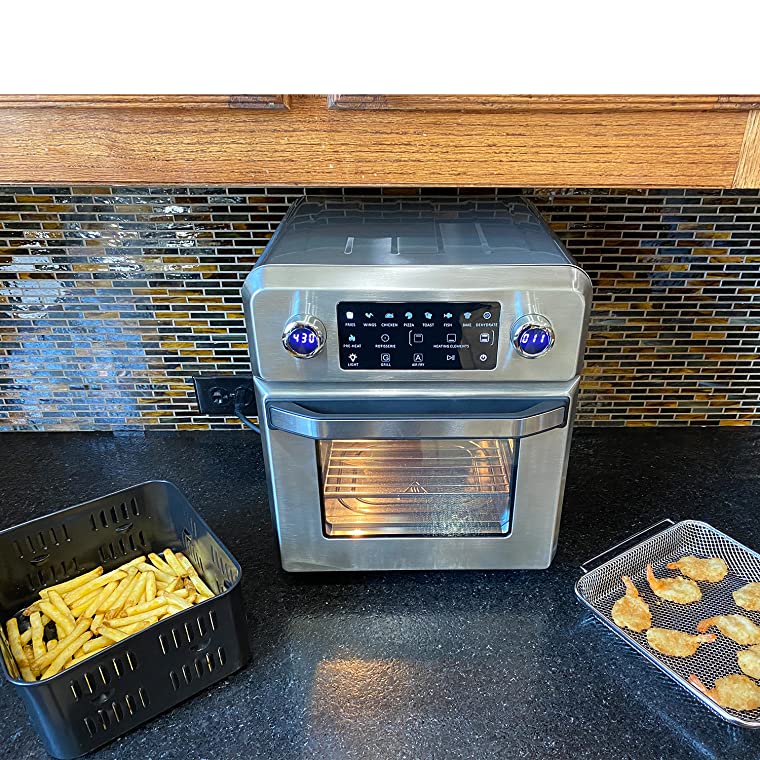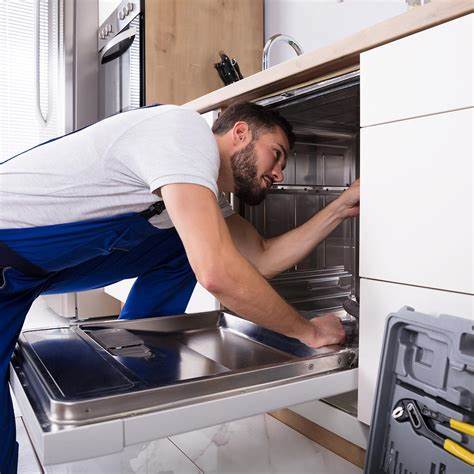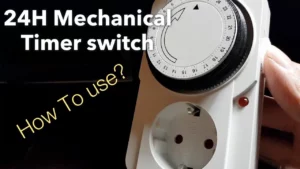Electricity is a common feature of many families. Therefore, if there is a power outage or complicated situation in your home electrical system, understanding the basic components of the electrical system can help you remedy the situation.
A correct understanding of the basic knowledge of household appliances can also help you avoid electrical accidents and damage. Below is an extensive guide to understand basic electrical work and its systems.
1. Electrical service connections and meters
Electricity for the home comes from cables from the power company. The wires are usually overhead or underground. These cables usually extend to your home and connect to the meter.
Before you can use the electricity from the power company, the company needs to know how much electricity you will use. This is what the electricity meter does. The electric meter is located between your home and the main cable.
In addition, the electricity meter is the basis for your electricity bill. It only runs when you use electricity at home.
However, the instrument is not your property. The power company is solely responsible for the installation and maintenance of the electric meter.
2. Isolating switch
The household appliance switch has a special disconnect switch, which is installed near the electric meter. Turning on this switch can cut off (and restore) all electricity in the home.
This is a vital utility, especially in emergency situations such as fires or flash floods. If you plan to overhaul and maintain the electrical system at home, you can also turn off this switch. Fortunately, if your home does not have a switch to disconnect the power, you can turn off the power to the main circuit breaker on the main service panel of your home.
3. Main Service Team
It is also commonly referred to as a circuit breaker box. After the electricity passes through the meter and the disconnect switch, it should be evenly distributed to the sockets, appliances and equipment that need power. The main service panel receives metered electricity.
The circuit breaker box has a large, single cable that comes in and is distributed across several circuits in the house. Each circuit has a circuit breaker, which activates when it absorbs excess power. The main service panel has several rows of such circuit breakers and should be your top priority if you lose power.
4. Subpanel
Some homes have a sub-panel connected to the main circuit breaker panel. The sub-panel is a smaller service panel that contains fewer circuit breakers. Generally speaking, when there are additional buildings or outbuildings in the house, the house will use these.
When your backup generator is connected to your home electrical system, the sub-panel is also used.
5. Main circuit breaker
In the main service panel, you will find a large main circuit breaker. It is a switch that controls the power supply of the branch circuit breaker on the main service panel.
The main circuit breaker functions like a disconnect switch. The only difference is that the disconnect switch allows you to cut off the power from the outside. On the other hand, the main circuit breaker allows you to cut off the power from the inside.
The main circuit breaker is a fail-safe shutdown, if you have a problem, you cannot locate or be unsure which branch circuit breaker switch. If there is no disconnect switch, the home electrical system usually relies on the main circuit breaker to disconnect.
6. Branch circuit breaker
Inside the main service panel, electricity is distributed to all parts of your house. Electricity is distributed among these components in the form of circuit units, and the circuit is separated from the main panel. The branch circuit breaker receives power from the main circuit breaker.
Each circuit breaker controls the current flowing to the branch circuit of your home. Therefore, turning off the circuit breaker will cut off the power to all electrical appliances and equipment on the circuit.
As a safety measure, the circuit breaker will automatically open, especially when there is a problem with the circuit, such as an overload of the power supply. If you are running a high-demand device and the power supply is suddenly interrupted, it is likely that you have overloaded the circuit. Change the appliance to a different device
These are the things that use electricity in your home. Electrical devices such as power outlets and lamps can be hard-wired into your home’s electrical system. Other devices use power provided by electrical outlets, such as a toaster.
Equipment is usually connected to a separate branch circuit from a circuit breaker in a circuit breaker box. The circuit can be a multi-device circuit or a dedicated circuit.
The dedicated circuit can only supply power to one device. For example, equipment that powers appliances such as stoves, water heaters, dishwashers, microwave ovens, and dishwashers. On the other hand, multi-device circuits power multiple outlets, fixtures, and switches.
7. Outlets
These are usually where you will insert your equipment and appliances. The socket is powered by a cord built into the device. Generally speaking, there are several sockets on each circuit to supply power to devices such as TVs, mobile phone chargers, and lamps.
A standard household outlet is 15 amps or 20 amps, which can provide more power without opening the circuit breaker. However, for higher demand appliances, it is desirable to find unique sockets that may provide 30-50 amperes or more.
8. Name
Without wires, there is no power supply. The wires in your home supply power from the main service panel to different circuits and equipment.
Home wiring includes various wiring types, including non-metallic cables, Bx cables, and wiring hidden in conduits.
Non-metallic cables are the most popular cables. They are suitable for use in dry, safe areas and are not exposed to overheating or mechanical damage. The conduit is a rigid metal/plastic tube that holds a separate insulated cable. It is mainly used in sheds, garages or outdoor electrical appliances, where the wires need to be protected to avoid exposure.
The Bx cable is made of wires running in a flexible steel or aluminum sheath, which is somewhat resistant to damage. Cable routing is often used for electrical wiring, such as dishwashers.
Conclusion
If you encounter an electrical emergency, learning the basics of electrical is crucial. Basic knowledge of home electrical appliances can also help you make smart decisions, such as installing energy-efficient electrical systems.
Most homeowners seeking smart energy solutions rely on Chint to provide quality goods and services. However, if you do not understand the basic electrical work, it is difficult to understand, let alone operate your home electrical system. Circuit and reset the circuit breaker.











